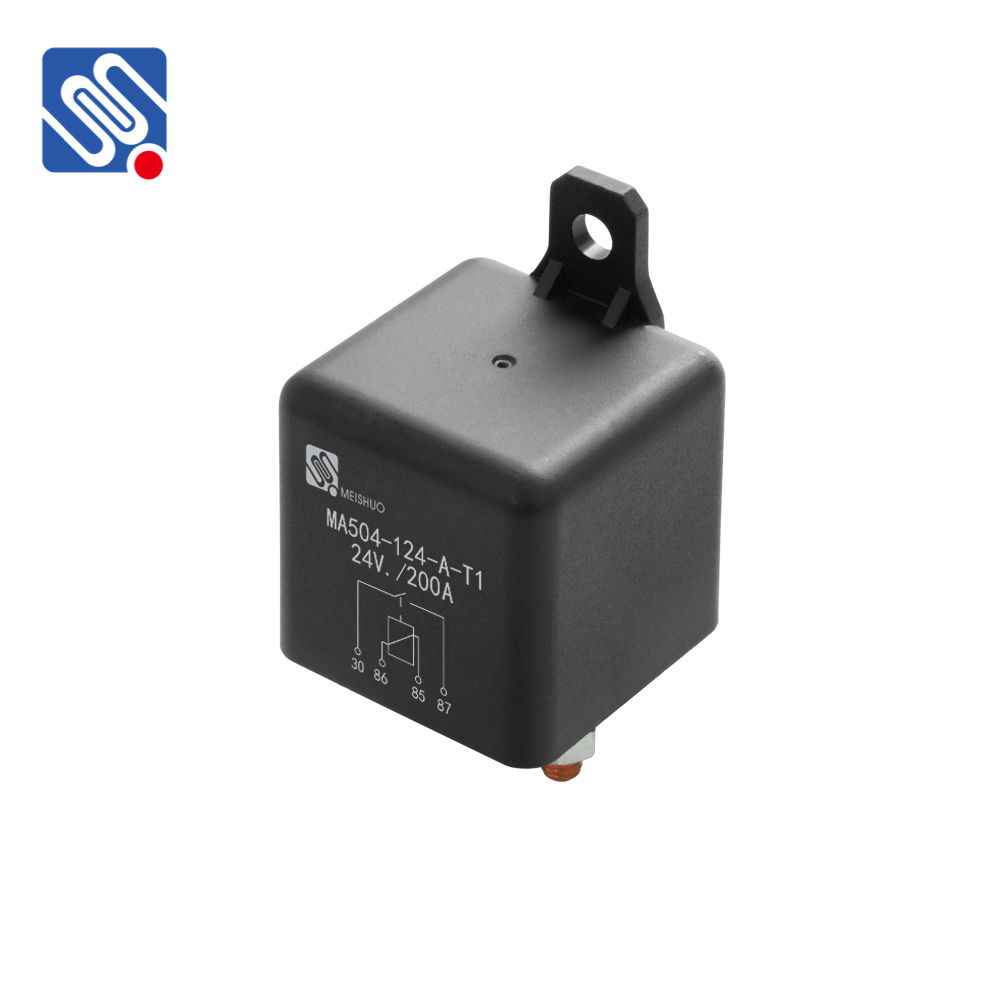relay installation: a guide to proper setup and best practices
Release time:2025-05-01 13:55:33
Relay installation is an essential task for ensuring the proper functioning of electrical systems. Relays are switches that use an electromagnetic mechanism to open or close circuits in response to electrical signals. They are used in a wide variety of applications, including in motors, industrial equipment, and vehicle electrical systems. Correct installation is vital to guarantee their reliability and longevity. In this article, we will explore the step-by-step process of relay installation, discuss important considerations, and highlight best practices for achieving optimal performance.

Understanding Relays
Before diving into the installation process, it's crucial to understand what a relay is and how it works. A relay typically consists of an electromagnet, a set of contacts, and a spring mechanism. When an electrical current flows through the electromagnet, it generates a magnetic field that causes the contacts to either open or close, controlling the flow of current to a load. Relays can be used to control high-power devices with low-power signals, making them an indispensable component in automation and control systems.
Tools and Materials Needed
To successfully install a relay, you will need the following tools and materials:

